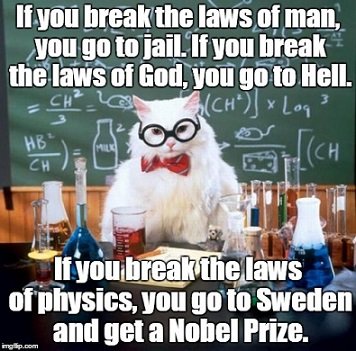There is something mysterious emerging from the frozen soil of Antarctica that could break down physics as we know it
BREAKING PHYSICS !? Strange particles out of the Antarctic ice could destroy modern physics
Bizarre Particles Keep Flying Out of Antarctica’s Ice, and They Might Shatter Modern Physics. Cosmic rays emanating from the southern polar cap could lead to new physics. Physicists do not know exactly what it is. But they know it's a kind of cosmic ray. A high-energy particle that went through space, went to Earth and left. But the particles that physicists know, the collection of particles that scientists call the Standard Model (MS) of particle physics, should not be able to do that. All explanations intrigue and suggest that ANITA could have detected a particle not taken into account in the standard model.
.jpg)
A team of astrophysicists from Penn State University showed that there were more high-energy particles than those detected at the two ANITA events. Thrice. High energy neutrinos and other high energy particles have large cross sections. This means that they will almost always fall on something shortly after entering and never leaving Earth. And yet, since March 2016, researchers have been intrigued by two events in Antarctica where cosmic rays have burst from the Earth and have been detected by NASA's Antarctic transtened antenna.
ANITA is designed to hunt space cosmic rays. The high-energy neutrino community vibrated when the instrument detected particles that seemed to jump off the Earth instead of zooming in on space. Because cosmic rays should not do that, scientists began to wonder if these mysterious beams were made up of particles never seen before. Since then, physicists have offered all kinds of explanations to these "ascending" cosmic rays. But none of the explanations proved conclusively that something more ordinary could not have caused the signal to ANITA. IceCube, another larger neutrino observatory in Antarctica, has detected similar particles, but no one has yet linked these events to the mystery of ANITA. And, by combining the IceCube and ANITA datasets, Penn State researchers have calculated that, no matter how much the Earth explodes, it has much less than 1.5 million chances to be part of the model.

The authors present a strong statistical case that no conventional particle would be likely to cross the Earth in this way, he said, but there is still not enough data to be certain. And it is certainly not enough that they can determine with certainty which particle made the trip. He and his colleagues found a long chain of theoretic documents predicting that the stagn sleptons could come up like that in the neutrino observatories. And because these articles were written before the ANITA anomaly, Fox said, this strongly suggests to him that these theorists were on something. But there is still a lot of uncertainty on this front. At present, researchers know that whatever particle it is, it interacts very weakly with other particles, otherwise it would never have survived the journey through the dense mass of the planet.
"From my point of view, I try to discover new things about the universe, I encounter a really weird phenomenon. And then, if we find articles in the literature, including an article dating back 14 years, that predict something like this, then it weighs a lot on me. "

He still has many disabilities that are not involved in the current research. For example, it can not explain the existence of dark matter, the masses of neutrinos or the matter-antimatter asymmetry of the universe. The result is very intriguing. Breaking the models, establishing new constraints on reality, knowing the universe we did not know, If the particles of the standard model created these anomalies, they should have been neutrinos. But neutrinos of this energy should not cross the Earth often enough for ANITA or IceCube to detect it. That's not how they work. But neutrino detectors like ANITA and IceCube do not detect neutrinos directly. Instead, they detect particles in which neutrinos decompose after crashing into the Earth's atmosphere or the Antarctic ice. And there are other events that can generate these particles, triggering the detectors. This article strongly suggests that these events should be supersymmetric.
I think it's very convincing, said Bill Louis, a neutrino physicist at the Los Alamos National Laboratory, who did not participate in the document and who has been following research on ANITA events for several months. . . . .
The particles are probably a kind of theoretical supersymmetric particle called "Stau Sleptons". The Stau Sleptons are supersymmetric versions of a particle of the standard model called the tau lepton. The "S" is for supersymmetric. In other words, the ANITA anomalies could offer scientists the key information necessary to properly tune the LHC to unlock more of supersymmetry.
Those experiments might even turn up an explanation for dark matter.
%20(1)%20(2)%20(1).gif)
Todavía al ser humano le falta mucho por indagar. Es realmente extenso lo inimaginable. Buen post. Saludos